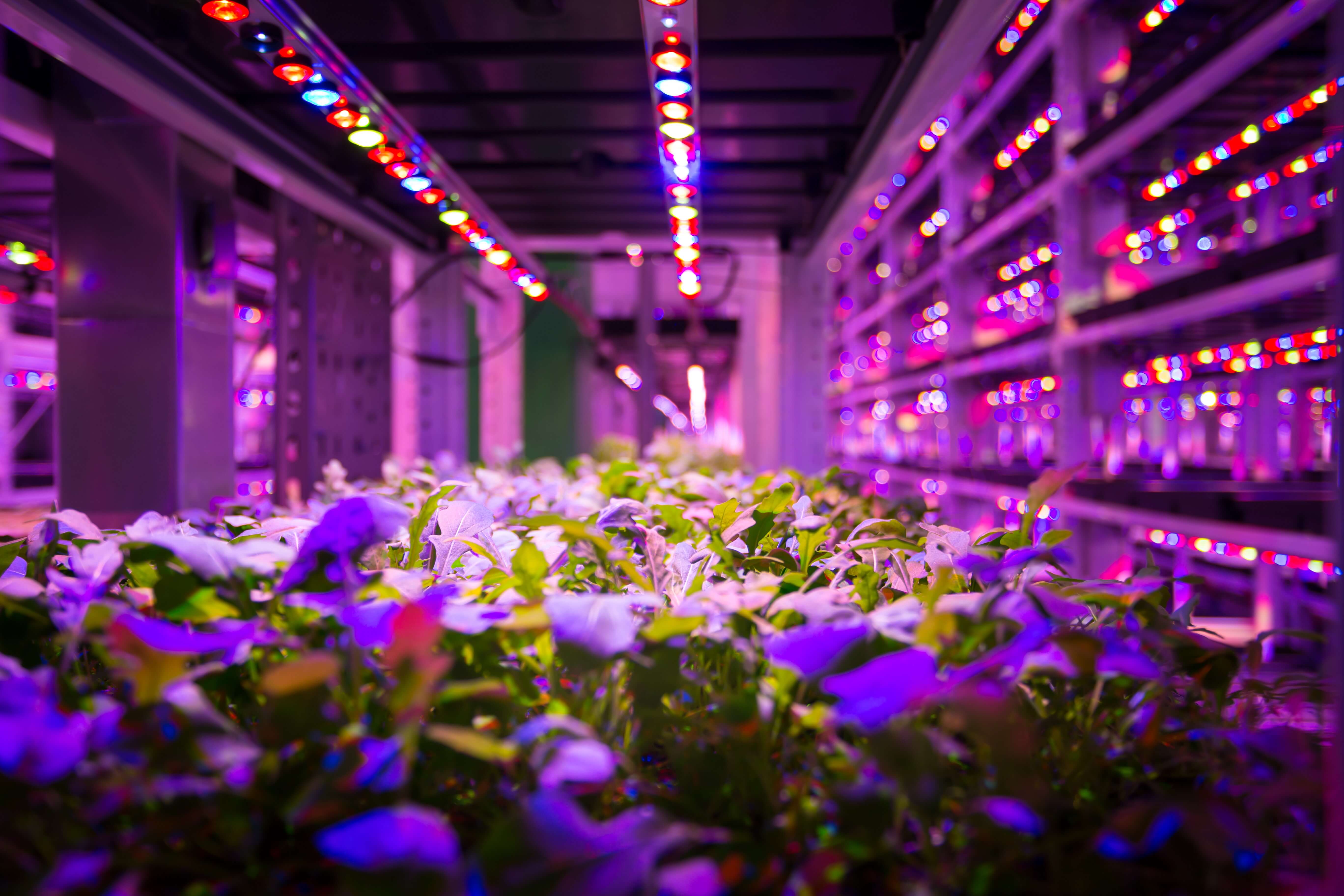Vertical Farming, which involves controlled-environment agriculture, has often been touted as the future of agriculture and urban Farming as a solution to feeding cities. However, the reality is that these high-tech systems mainly produce leafy greens and aromatic herbs. While fresh local leafy vegetables are healthy and widely consumed, they only make up a small part of our diets. The question remains whether Vertical Farming can expand its crop selection and move beyond leafy greens.
As technology and research continue to advance, we can expect to see a wider variety of crops being grown in vertical farms, according to Tiffany Tsui from the VerticalFarm Institute. For example, Infarm, a leading modular farm manufacturer and manager, recently announced their successful demonstration of growing wheat indoors at COP 27 in Sharm El Sheikh. However, the challenge of producing a staple crop like wheat at scale remains a significant obstacle.
Vertical Farming is a recent development within Controlled Environment Agriculture (CEA), dominated by greenhouses. Greenhouses offer growers more control over the environment and protection from weather events compared to traditional Farming. Vertical Farming takes this one step further by using artificial lighting to increase control. By putting Vertical Farming in the context of CEA, we can better understand which crops will next come out of vertical farms.

Most crops grown in greenhouses, such as strawberries, tomatoes, cucumbers, and peppers, have high water content and are yet to be profitable in vertical farms due to their low market value compared to capital and operating expenditures. However, this is changing as the Vertical Farming sector matures and innovates. Currently, strawberries are becoming a mainstream crop for vertical farms. They are already being produced by major players such as Bowery, Driscolls, and California Giant Berry Farms. Shortly, fruiting crops and other soft fruits such as cherry tomatoes and baby cucumbers are expected to be grown in vertical farms. Some companies are even working on producing a wider variety of fruits and vegetables, such as cucumbers, melons, beans, eggplants, tomatoes, peppers, and raspberries.
The expansion of crop selection in Vertical Farming is not only driven by technological advances but also by the pressing challenges of the 21st century. Climate change, geo-political pressures, and food production demands are putting enormous stress on the agricultural sector and creating a need for a rapid transition to secure food production. Controlled Environment Agriculture (CEA) is one of the most compelling solutions to protect crops from weather events and contribute to food security.
Read the full article here.
Authored by: Eric Dargent, Mycelium Managing Partner (www.mycelium.ag). Mycelium is a consultancy specializing in Urban & Vertical Farming, working for major retail, real estate & agriculture groups, financial institutions, investors, and start-ups.
Co-Authored by: Rachael Warner, Operations Manager, Farming as a Service at Cultivatd, a Vertical Farming Broker offering Farming as a Service and Financing services.
Contributions from Tiffany Tsui, Vertical Farm Institute (vfi), Thomas Zoellner, FarmTech Society, Mark Horler, UK Urban AgriTech (UKUAT) & Antoine Fuyet, Champerché 🌱
Photo by Petr Magera on Unsplash



4 Comments